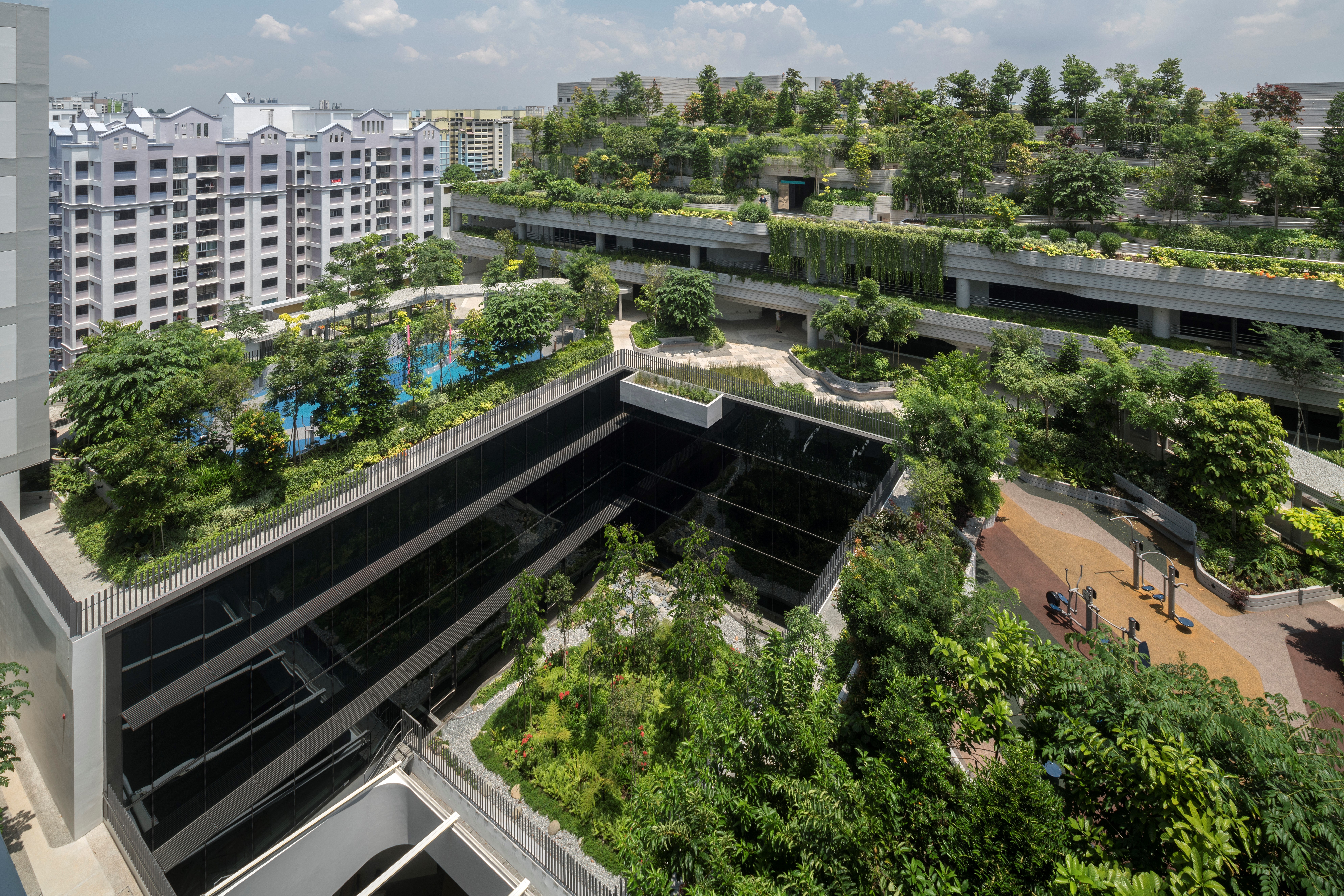AARP Hearing Center
Incentivizing Multigenerational Living
By Stephanie K. Firestone, May 23, 2019 10:39 AM

Note: This blog is part of the series, Importing Age-Friendly Innovations, which analyzes trends and explores age-friendly policy and programmatic innovations in other countries that may be adaptable to the US context. Additional posts explore rightsizing as a multigenerational housing strategy and intergenerational housing.
Multigenerational living is trending in the U.S. The share of multigenerational households (defined as including two or more adult generations, or grandparents and grandchildren younger than 25) rose from a low of 12% in 1980 to 20% in 2016. And that trend shows no sign of ebbing.
The affordability of housing and other economic factors play a significant role. Yet, this growth is also attributed to the increasing racial and ethnic diversity in the US and cultural customs of particular population groups. According to the Pew Research Center, Asians live in multigenerational households at a rate of 29% and Hispanics at 27%.
Benefits of Multigenerational Living
This trend should not only be celebrated but encouraged. While cost savings on living expenses may be the assumed primary benefit of bringing generations together under one roof (i.e., from paying rent or a mortgage on only one home), older and younger generations can derive many other benefits from such arrangements. Multigenerational living can ease the burden of both child care and caring for aging relatives, ensure more “eyes on the street” during the hours when parents are at work, reduce isolation, and provide two-way learning and mentorship opportunities (e.g., transmission of life wisdom to a younger person, and technology training for an older adult).
Furthermore, there are the broader societal benefits. Importantly, regular interaction across the generations helps to combat the ageist attitudes that prevail in the US and many parts of the world today, offering the potential to nurture a cultural shift in how people think about age and aging.
Policies and Programs Around the Globe
Recognizing such benefits, some countries are prioritizing and even incentivizing multigenerational living, where different generations live with or near each other and that facilitate regular intergenerational interaction.

The Kampung Admiralty in Singapore is a new, huge (about the size of two football fields) integrated living space that opened in 2018. Its vision is to comprehensively meet the needs of seniors, beginning with apartments that employ universal design, slip resistant flooring, safer stovetops and other features that make the housing accessible. Yet, the real focus of the development is residents’ integration into the broader community and building community bonds, which happens through the spaces outside the individual apartments. A child-care center is co-located alongside eldercare facilities, both of which open up to a park shared with the broader community that hosts a variety of programming offerings including fitness classes and cultural events. Additional on-site amenities include a medical center, an active aging center, a supermarket, a bank and numerous other stores. Organizations that reside at Kampung have completely bought in to the intergenerational vision and take full advantage of the facilities. For example, the Active Aging Hub and childcare centers created a program through which children and their parents buy and deliver groceries for older Kampung residents who might not be able to shop for themselves.
Another example is Germany’s federally funded and supported multi-generation house program, Mehrgenerationenhaus, which is helping to make the intergenerational approach a lived reality. An impressive 540 multigenerational houses operating under the program have become gathering hubs in communities across the country. While most people do not live in these homes, they follow what they call a “social space orientation” approach that tailors a range of intergenerational offerings to the specific needs of their local communities. Full-time employees and numerous volunteers work closely with the municipality and coordinate with other local organizations (e.g., voluntary agencies, associations, and cultural and educational institutions), thus rooting the houses in the community and ensuring their sustainability.
Innovations in other countries, meanwhile, actually provide monetary incentives for families to live either with or near their older adult relatives. Singapore’s Proximity Housing Grant gives households a lump sum for purchasing a home within four kilometers of their family members. The program has proven very popular, with over 5,000 households participating in its first year. Twenty-five percent of all home resales in 2014-2015 year participated in this program.
In Hong Kong, public senior housing strategies help to ensure that older people and their families remain connected and provide support to one another. The Harmonious Families Priority Scheme prioritizes the housing applications of families who will share an apartment with or live near their older family members. Participants in this scheme are awarded reduced waiting times, and their apartment allocation is prioritized over general applicants.
Sparking a Conversation Stateside
Back at home, U.S. policies and programs do not seem to recognize the value of multigenerational living. There is a precedent here, however, for incentivizing where people live in order to derive other societal benefits. Workforce housing, also known as proximity housing, usually involves subsidizing housing for “essential workers” in a community (e.g., police officers, firefighters, teachers, nurses and medical personnel), enabling them to live within the community and near their place of work. Workforce housing is increasingly of interest to planners, local governments, and organizations concerned with housing policy or advocacy, and it is gaining cachet with realtors, developers, and lenders.
What more can we learn from policies and programs around the globe? We at AARP are beginning to explore these and identify ideas that might be transferable to the U.S. Perhaps you know of cities or programs that are already encouraging multigenerational or family-supported housing. Please join the conversation.

Stephanie Firestone is a senior strategic policy adviser with AARP International. She is an urban planner who has advanced livability and sustainability in the US and globally.































































